Trucking Evolution: Past, Present, Future Insights
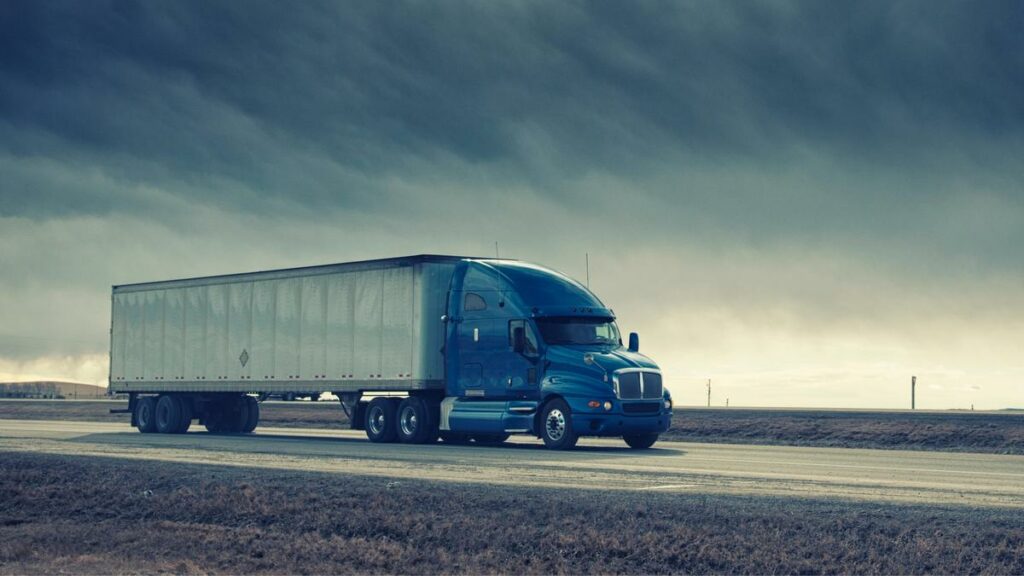
Introduction
The trucking industry, pivotal to global commerce, has undergone transformative changes from its early days of horse-drawn carriages to today’s autonomous electric trucks. This journey showcases a rich Trucking History Analysis, marked by innovation, regulatory evolution, and technological advancement. This article explores the Trucking Industry Evolution and delves into the dynamic state of the sector, shedding light on the pivotal Future Trucking Trends and innovations shaping its trajectory.
The Dawn of Trucking: A Historical Perspective
The trucking industry’s roots are deeply embedded in the late 19th century, marking a significant transition from horse-drawn carriages to motorized vehicles. This period was characterized by the advent of the internal combustion engine, which laid the foundation for the modern trucking industry.
- Inception and Early Innovations: The first motorized trucks, appearing in the 1890s, were basic and primarily used for short-distance transport. These early trucks were often unreliable and cumbersome but represented a significant technological leap forward. They were powered by steam or electric engines before gasoline engines became the norm.
- Expansion and Growth: The early 20th century witnessed rapid industrialization, which fueled the growth of the trucking industry. Trucks began to play a crucial role in transporting goods across expanding road networks. The development of pneumatic tires and improved mechanical reliability made trucks a more viable option for longer distances.
- Regulatory Frameworks: As the industry grew, so did the need for regulation. The 1930s saw the introduction of the Motor Carrier Act, which established a federal regulatory framework for the trucking industry. This period also marked the beginning of standardized practices and safety regulations, shaping the professional structure of the industry.
- World War II and Beyond: The trucking industry’s strategic importance was underscored during World War II, where it was pivotal in logistics and supply chain operations. Post-war, the industry experienced a boom, further accelerated by the construction of the Interstate Highway System in the 1950s, which interconnected the vast expanse of the United States, reducing transit times and opening up new markets.
- Technological Advancements: The latter half of the 20th century saw significant technological advancements in truck design and logistics management. Innovations such as power steering, air brakes, and diesel engines enhanced the efficiency and safety of trucking operations. The advent of computer technology introduced logistics software, enabling more efficient route planning and fleet management.
This historical perspective underscores the trucking industry’s evolution from rudimentary transport mechanisms to a sophisticated, vital component of global commerce. The industry’s growth was propelled by technological innovation, regulatory changes, and economic demands, setting the stage for its current state and future development.
The Modern Era: Technological Advancements and Regulatory Changes
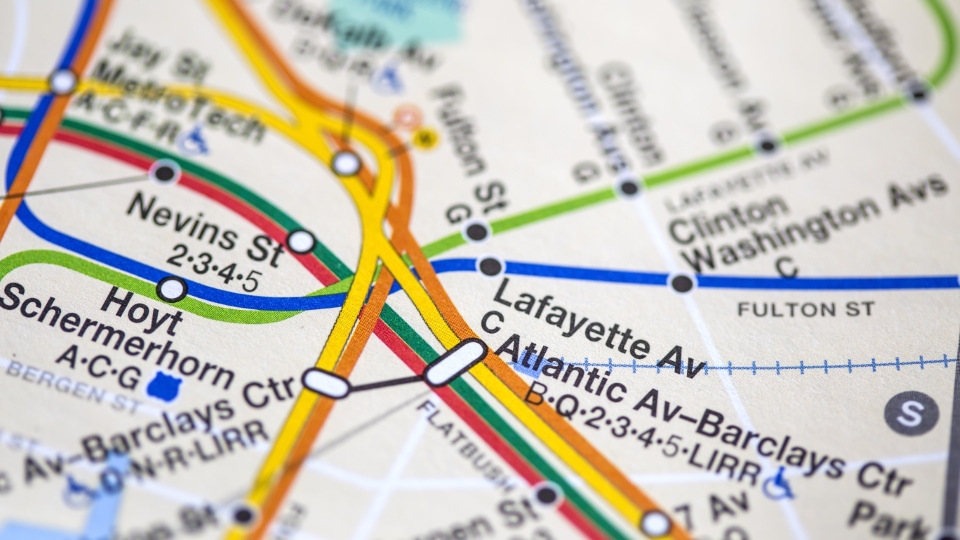
In recent decades, the landscape of freight transportation has been dramatically reshaped by a wave of technological innovations and significant regulatory shifts. These changes have not only enhanced operational efficiency but also addressed critical environmental and safety concerns.
- Technological Innovations: The advent of GPS and advanced fleet management systems has revolutionized route planning, allowing for real-time tracking and optimized logistics. These technologies have minimized delays, improved delivery times, and reduced fuel consumption. Additionally, the integration of IoT (Internet of Things) devices has facilitated better asset monitoring, maintenance scheduling, and cargo security.
- Electrification and Sustainability: A significant shift toward sustainability has led to the electrification of fleets. Electric trucks, with their lower emissions, are becoming increasingly prevalent, supported by advancements in battery technology and charging infrastructure. This transition not only supports environmental goals but also offers long-term cost savings through reduced fuel and maintenance expenses.
- Regulatory Evolution: Regulatory bodies have been pivotal in shaping the sector’s modern landscape. Stricter emissions standards have been implemented to combat climate change, pushing companies to adopt cleaner, more sustainable practices. Moreover, regulations around driver hours of service and electronic logging devices (ELDs) have been enforced to improve road safety and ensure fair working conditions for drivers.
- Safety Enhancements: The integration of advanced driver-assistance systems (ADAS) in trucks, including automatic braking, lane-keeping assist, and adaptive cruise control, has significantly increased road safety. These systems help in reducing human error, one of the leading causes of road accidents.
- The Shift to Autonomous Vehicles: The industry is on the cusp of a major transformation with the development of autonomous trucks. These vehicles promise to revolutionize freight transport by enhancing safety, increasing efficiency, and reducing operational costs. While fully autonomous fleets are still on the horizon, pilot programs and investments in this technology are gaining momentum.
This era in freight transport is marked by rapid technological progress and a proactive regulatory environment, aiming to create a more efficient, safe, and sustainable future. These advancements are not just reshaping the operational aspects but are also setting new standards for the entire logistics and supply chain sector.
Current Trends Shaping the Freight Transport
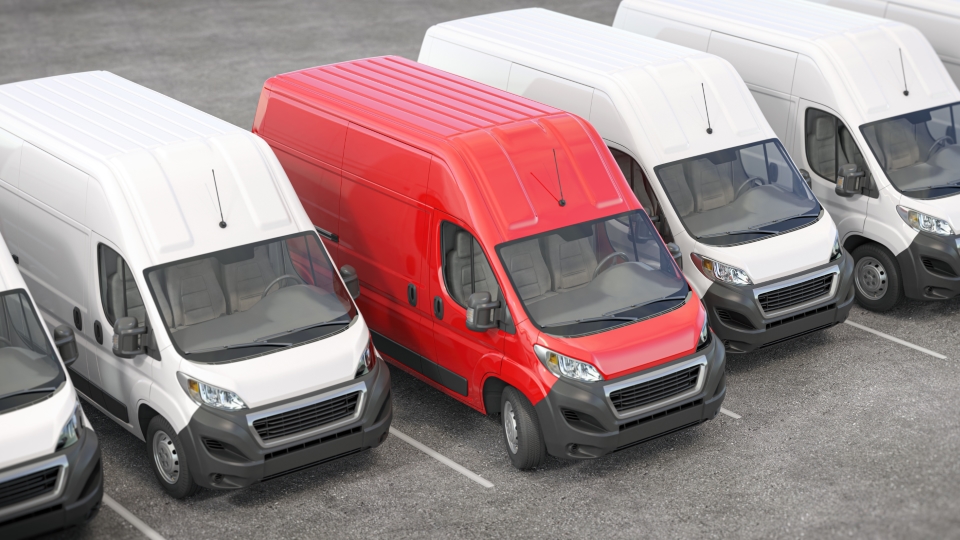
The landscape of freight transport is continuously evolving, influenced by various trends that are shaping its future. These trends reflect the industry’s response to global economic demands, technological advancements, and societal shifts.
- Increased Focus on Last-Mile Delivery: The e-commerce boom has intensified the need for efficient last-mile delivery solutions. Companies are exploring innovative delivery methods, including drones and autonomous vehicles, to meet consumer expectations for speed and convenience. This trend is pushing logistics companies to rethink their urban delivery strategies and invest in technology that can navigate the complexities of city logistics.
- Sustainability and Eco-Friendly Practices: Environmental concerns are driving the industry towards greener alternatives. Beyond the shift to electric vehicles, companies are adopting practices like optimized routing and load consolidation to reduce carbon footprints. The push for sustainability is also seen in the adoption of alternative fuels, such as biodiesel and natural gas, and in efforts to achieve carbon-neutral operations.
- Digitization and Smart Technology Integration: Digitization is at the forefront, with companies leveraging big data, AI, and machine learning to enhance operational efficiency. These technologies enable predictive maintenance, optimized fuel management, and improved fleet management, leading to significant cost savings and service improvements.
- Enhanced Customer Experience: In an increasingly competitive market, enhancing customer experience has become crucial. Real-time tracking, dynamic scheduling, and personalized service offerings are becoming standard practices. These services not only improve customer satisfaction but also enhance operational transparency and reliability.
- Collaborative Logistics and Shared Economy: There’s a growing trend towards collaborative logistics, where businesses share transportation resources to optimize capacity and reduce costs. This shared economy approach is facilitated by digital platforms that connect shippers, carriers, and logistics providers, fostering a more integrated and efficient supply chain ecosystem.
These trends are indicative of a dynamic industry that is rapidly adapting to new challenges and opportunities. By embracing innovation and sustainability, the freight transport sector is poised to meet the evolving needs of the global economy while addressing environmental and societal concerns.
The Future of Trucking: What Lies Ahead?
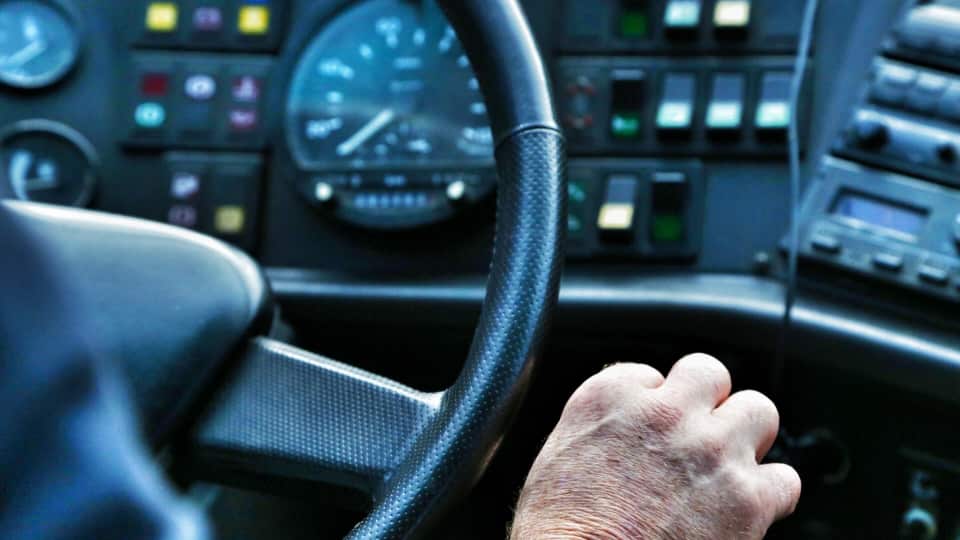
The future of trucking is poised at the brink of transformative changes, driven by technological innovation, regulatory shifts, and evolving market dynamics. Here’s what we can anticipate in the coming years:
- Autonomous Trucking Revolution: The progression towards fully autonomous trucks is accelerating. These vehicles promise to redefine long-haul transport by increasing efficiency, reducing human error, and lowering operational costs. The integration of autonomous technology is expected to solve driver shortage issues and revolutionize the logistics of freight movement.
- Advanced Fleet Management Solutions: As technology advances, fleet management will become more sophisticated, utilizing AI and machine learning for predictive analytics. This will enhance route optimization, freight matching, and overall operational efficiency, leading to smarter, data-driven decision-making processes.
- Sustainable Practices and Alternative Energy Sources: The shift towards sustainability will continue to be a major focus. The adoption of electric and hydrogen fuel cell trucks will grow, driven by environmental regulations and societal demand for cleaner transportation methods. Companies will increasingly invest in renewable energy sources and sustainable practices to reduce their carbon footprint.
- Enhanced Connectivity and IoT Integration: The Internet of Things (IoT) will play a crucial role in the trucking industry’s future, with connected vehicles and smart logistics leading to more efficient and transparent supply chains. Enhanced connectivity will facilitate real-time data exchange, improving the coordination between trucks, warehouses, and distribution centers.
- Customized and Flexible Shipping Solutions: As consumer demands evolve, the industry will need to offer more customized and flexible shipping solutions. This will involve dynamic routing, on-demand services, and micro-fulfillment centers to cater to the fast-paced, on-demand economy.
- Increased Collaboration and Industry Partnerships: To navigate the complexities of the global supply chain, there will be a rise in collaborations and partnerships among trucking companies, technology providers, and logistics firms. These alliances will foster innovation, streamline operations, and enhance service offerings.
- Regulatory and Policy Evolution: Regulatory bodies will continue to adapt policies to ensure safety, environmental sustainability, and fair labor practices in the trucking sector. Compliance with these evolving regulations will be crucial for companies to remain competitive and sustainable.
The future of trucking is not just about transporting goods from point A to point B; it’s about creating an integrated, efficient, and sustainable ecosystem that leverages technology to meet the changing needs of society and the economy. As the industry moves forward, it will continue to be a vital backbone of global commerce, evolving and adapting to the new challenges and opportunities that lie ahead.
Conclusion
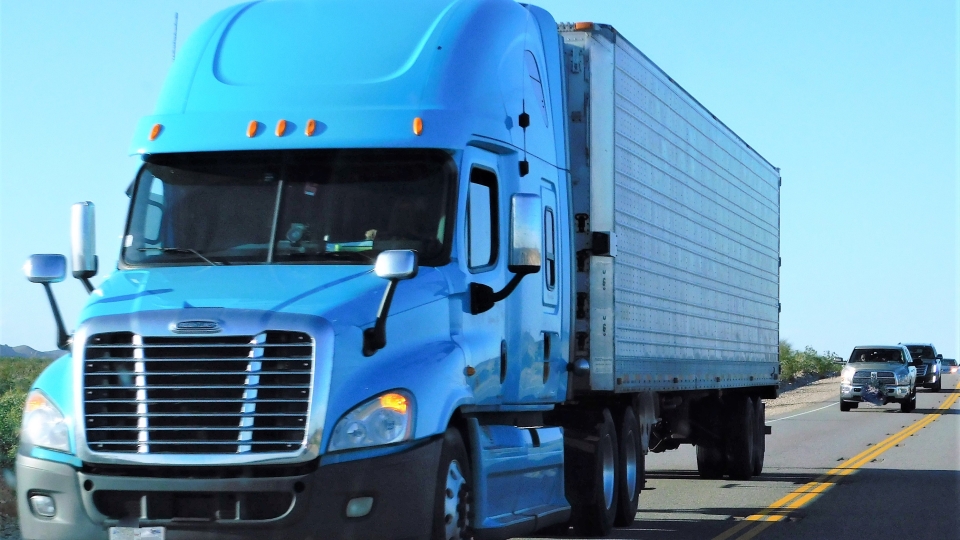
The trucking industry stands at a crossroads of tradition and innovation, where the echoes of its rich history blend with the dynamic pulse of modern technology and evolving market needs. As we’ve journeyed through the past, present, and future of trucking, it’s clear that this industry is not just about the movement of goods but about the continuous drive towards efficiency, sustainability, and excellence.
The dawn of trucking laid the foundation, the modern era harnessed technological and regulatory advancements, and the current trends are shaping a future where smart, green, and customer-centric solutions prevail. The road ahead promises a landscape where autonomous trucks roam highways, green logistics dominate strategies, and digital platforms unify the supply chain ecosystem.
For businesses and stakeholders within the trucking sector, the message is clear: adapt, innovate, and collaborate. Embracing the changes, anticipating the trends, and prioritizing sustainability and efficiency will be key to thriving in this ever-evolving industry.
As we look to the horizon, the future of trucking shines bright with potential, promising a journey that is not only about reaching destinations but about redefining the very pathways we travel. The industry’s ability to adapt and evolve will ensure its continued role as the backbone of global commerce, steering towards a future where logistics and transportation are synonymous with innovation, sustainability, and unparalleled service.
Navigate the future of freight with us! We deliver from Los Angeles to Las Vegas, with every city in between. Call now for a free quote and discover how our cutting-edge trucking solutions can meet your needs.
FAQ Section
What were the key historical milestones in the trucking industry?
- Late 19th Century: Introduction of motorized vehicles, transitioning from horse-drawn carriages.
- Early 20th Century: Rapid expansion due to industrial growth, with significant advancements during the World Wars.
- 1950s: Establishment of the Interstate Highway System, revolutionizing long-haul trucking.
- Late 20th Century: Adoption of computerized logistics and the rise of just-in-time delivery.
- 21st Century: Emergence of electric and autonomous trucks, focusing on sustainability and efficiency.
How are current technological advancements influencing the trucking industry?
Technological advancements are transforming the trucking industry by:
- Enhancing route optimization through GPS and advanced mapping software.
- Improving safety and reducing accidents with driver-assist technologies.
- Increasing operational efficiency with telematics and fleet management systems.
- Facilitating the transition to electric and autonomous vehicles, reducing carbon footprint and operational costs.
What are the major regulatory challenges faced by the trucking industry today?
The trucking industry navigates various regulatory challenges, including:
- Compliance with emissions and environmental regulations to reduce the carbon footprint.
- Adherence to safety standards and working hours regulations to protect drivers’ well-being.
- Navigating the complexities of cross-border transportation laws and tariffs.
- Keeping up with changing regulations related to autonomous and electric vehicles.
How is the rise of e-commerce impacting the trucking industry?
The e-commerce boom has led to:
- Increased demand for last-mile delivery services, requiring more localized and efficient distribution networks.
- Greater emphasis on speed and reliability, pushing companies to adopt real-time tracking and faster delivery methods.
- The need for flexible and scalable logistics solutions to handle fluctuating demand and return processes.
What future trends are expected in autonomous trucking?
Future trends in autonomous trucking include:
- Widespread adoption of autonomous trucks for long-haul routes, reducing labor costs and increasing safety.
- Integration with smart city infrastructure to optimize traffic flow and reduce congestion.
- Development of advanced AI systems for real-time decision-making and predictive maintenance.
- Increased collaboration between trucking companies and technology providers to innovate and refine autonomous driving technologies.
Follow us on Instagram at @lasvegasexpedited for the latest updates and insights into the trucking industry.
